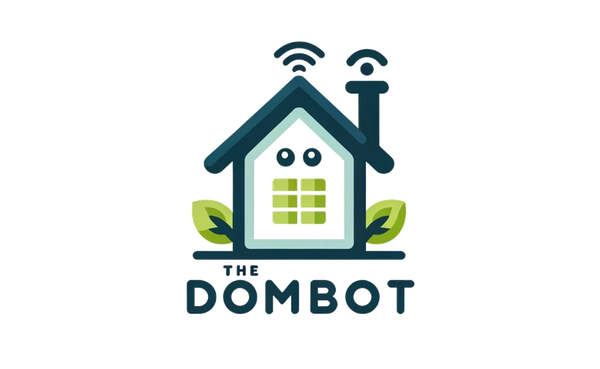Collection: Zigbee: The Smart Home Protocol Explained
Zigbee: The Protocol That's Not Quite Bee-lieveable (But Actually Pretty Cool)
Hey there, smart home enthusiasts! Today we're diving into the wonderful world of Zigbee, a protocol that's been buzzing around the smart home scene for a while now.
Now, I know what you're thinking: "Zigbee? Sounds like something you'd find in a beehive." And you're not entirely wrong. It's all about communication, but instead of honey, we're talking about your smart home devices.
So, grab your favorite beverage (maybe some honey-infused tea?) and let's get this checklist buzzing!
The Zigbee Checklist: A Guide for the Smart Home Savvy
1. What's the Buzz About Zigbee?
- Low Power Consumption: Zigbee is like the energy-efficient bee of the smart home world. It uses minimal power, making it perfect for battery-powered devices.
- Mesh Networking: Think of it like a beehive, where each device acts as a relay, strengthening the signal and expanding the network's reach. This means better connectivity and fewer dead spots.
- Security: Zigbee has built-in security features, so you can rest assured your smart home is protected from unwanted intruders (unless they're bees, of course).
- Wide Range of Devices: Zigbee is a popular choice for a variety of smart home devices, from lights and sensors to thermostats and even door locks.
2. Zigbee vs. Other Protocols: The Great Smart Home Debate
You might be wondering, "Why Zigbee? What about Bluetooth or Wi-Fi?" Well, each protocol has its own strengths and weaknesses. Zigbee shines in its low power consumption and mesh networking capabilities, making it ideal for devices that need to be battery-powered or spread out across a large area.
For a deeper dive into the comparison, check out this article: Zigbee vs. Z-Wave vs. Bluetooth: Which Smart Home Protocol Is Best?
3. Building Your Zigbee Network: A Step-by-Step Guide
- Choose a Hub: You'll need a Zigbee hub to act as the central control point for your network. Popular options include the Amazon Echo Plus and the Philips Hue Bridge.
- Add Your Devices: Once you have your hub, you can start adding Zigbee-compatible devices. Most devices will have a simple pairing process, usually involving pressing a button on the device and the hub.
- Configure and Control: Use your hub's app or voice assistant to configure your devices and create automations. For example, you could set up a rule to turn on your lights when you arrive home.
4. Zigbee: The Future of Smart Homes?
Zigbee is definitely a player in the smart home game, and its popularity is only growing. With its low power consumption, mesh networking, and security features, it's a solid choice for building a connected and reliable smart home. So, if you're looking for a protocol that's not just a buzzword but actually delivers, Zigbee might be the bee's knees!
